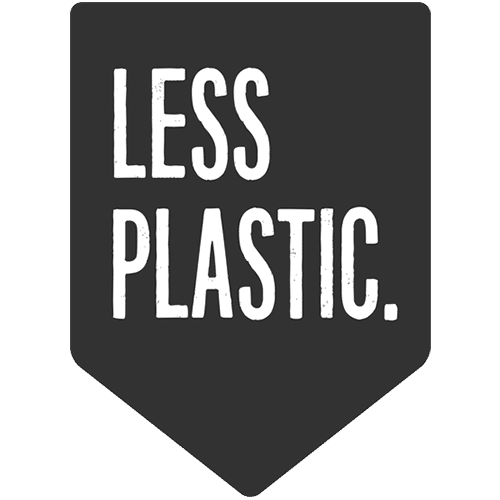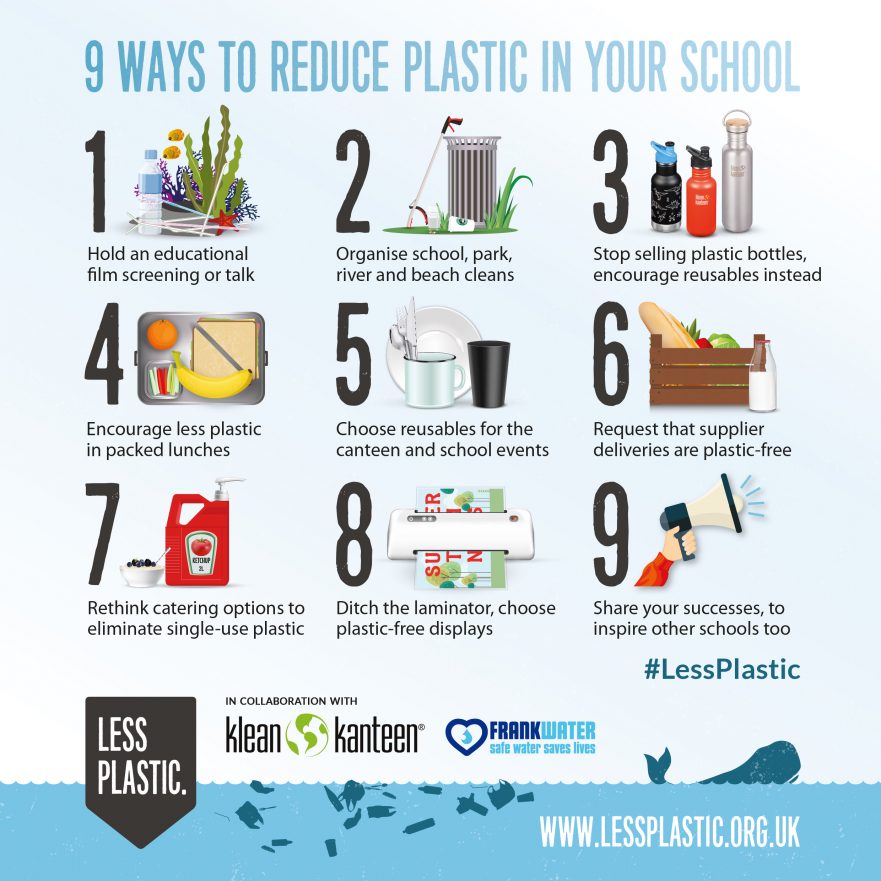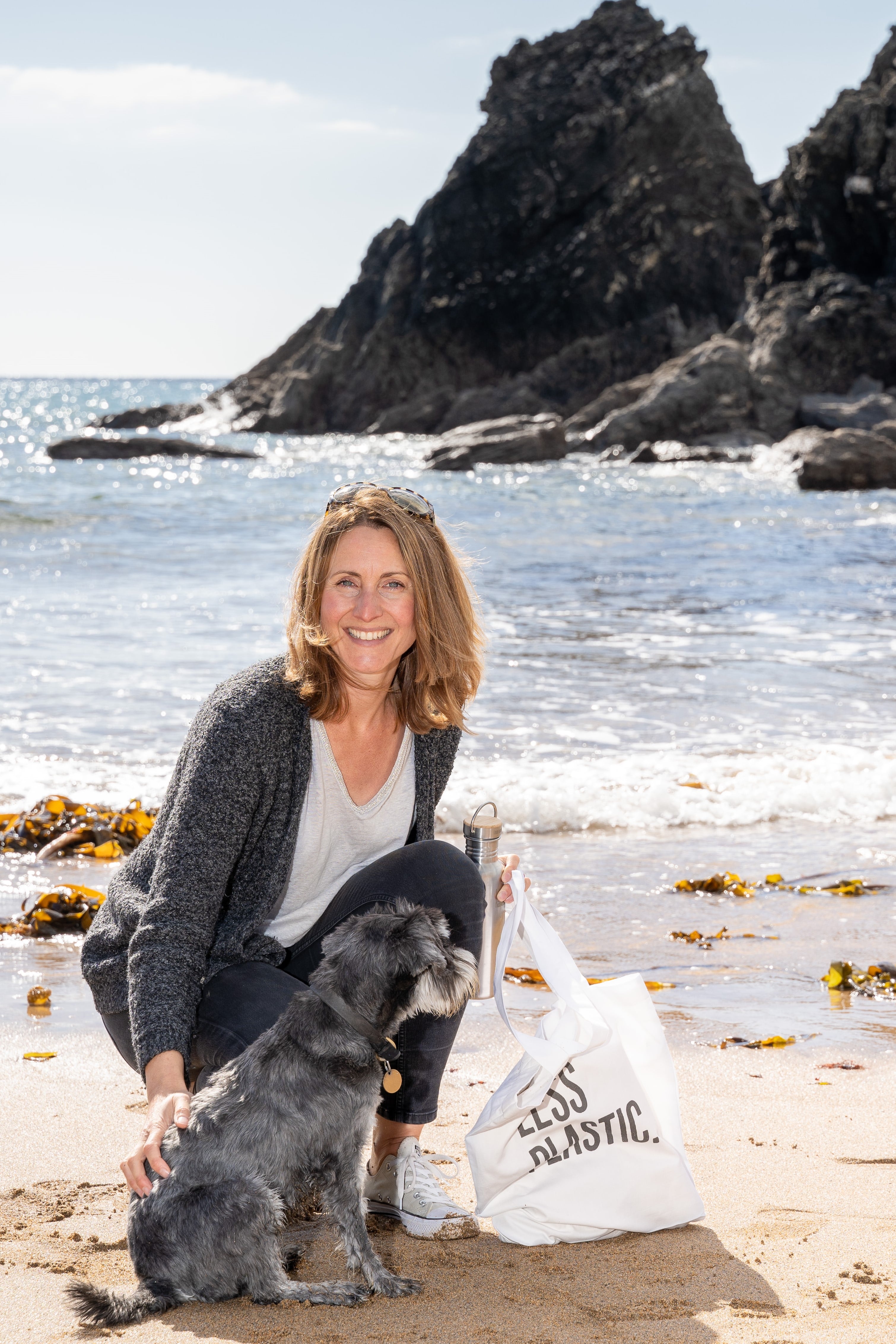Share this Post
The recent wave of awareness about plastic pollution has led many schools to notice how much plastic waste they create, and to question whether this is an acceptable legacy to pass onto their students, our next generation.
With plastic, there is no ‘away’ yet we have been treating it as a disposable material for decades; resulting in far-reaching, compounding consequences for animals, humans, and nature. It recently emerged that much of the West’s ‘recycling’ is exported to countries with no proper waste infrastructure, where it harms local communities, especially the children, and escapes into the ocean as plastic pollution.
The most effective way to tackle plastic pollution is to learn to use less plastic in the first place. So as a teacher, parent or student, how can YOU reduce plastic in your school?
My recently released book, Plastic Game Changer, tackles the strategic steps needed to radically reduce plastic waste in organisations of any size; shares how to benchmark current plastic usage so you can measure success; and features insights and best practce from five inspirational real-world Plastic Game Changers. One of these is the brilliant Damer’s First School in Dorset, whose pupils and teachers have taken amazing action over recent years to reduce their plastic footprint and have been recognised by politicians, the media and even Prince Charles for their fantastic work.
To start making a difference to plastic pollution as soon as possible, here are NINE practical steps reduce plastic in your school…
Please share this as widely as possible so other schools find it. You can also order plastic-free posters (printed on FSC recycled paper using eco-friendly inks) here.
1. Hold an educational film screening or talk
The first step is, of course, education. Holding a film screening or talk that conveys the issues of ocean plastic is the most effective way to explain WHY you are taking action as a school to reduce plastic waste. It’s helpful to invite parents to get involved too so that they will be supportive of the project.
Perhaps you could organise the film screening or talk to happen at different times of the day, or on several dates, to give people lots of opportunities to participate. Having someone who is passionate about the problem (ideally a student, or a group of students) available to answer questions at the end makes it more interactive. We recommend the films Plastic Oceans or Trashed. We also offer talks, although we currently need to charge for these, until we attract funding to cover our time and travel.
2. Organise school, park, river and beach cleans
One of the best ways to get people engaged with the issue is to let them see for themselves the scale of the problem; how the plastic they use in their everyday lives is spilling out into nature. Organising regular clean up events – on your school premises, or at a local park, river or beach – is a brilliant bonding exercise for classes, the whole school, or your entire community.
You may find organising clean-ups have added benefits that go beyond simply having less plastic waste in your local area. They also enhance relationships with parents and local businesses, and provide an excellent opportunity to model to children how we all need to take responsibility for our local environment, rather than leaving the mess for someone else to clean up.
3. Stop selling plastic bottles, encourage reusables instead
Single-use plastic bottles are one of the most common items found on litter picks and washed up on beaches worldwide. The world gets through a million single-use plastic bottles a minute which is a colossal misuse of resources at every stage in their production and distribution, let alone creating a waste legacy that will remain for centuries.
As a school, you have the opportunity to take a bold stance by simply not selling plastic bottles at all. You can make drinking water readily available via water fountains, jugs, and taps; and strongly encourage students to bring in reusable drinks bottles (perhaps even running a fundraiser to purchase every student a school-branded reusable bottle). If you need to offer alternative drink choices, try juices and milk drinks in refillable jugs; or drinks in cans and glass bottles (if glass is allowed from a Health & Safety perspective).
Klean Kanteen drinks bottles are durable, colourful, and ethically-made using responsible materials, making them the ideal multi-purpose family drinks bottle. Klean Kanteen also partake in 1% for the planet, donating 1% of their sales to good causes such as Less Plastic, Paddle Against Plastic and Frank Water, who provide a vital supply of safe clean water for communities in India and Nepal.
4. Encourage less plastic in packed lunches
For most families, it will be difficult to make packed lunches entirely plastic-free, but there is a lot you can do to encourage less plastic, and again it starts with education. One approach is to organise some fun family workshops to share ideas and recipes for reducing plastic in packed lunches.
Tips could include putting tasty soups in insulated food canisters, using stainless steel lunch boxes and snack pots to separate different food types (younger children in particular often eat more healthily when their food is presented in this way as it makes fruit and veg look more appealing); using reusable beeswax wraps or reusable sandwich wraps instead of clingfilm; filling up on unpackaged fruit and veg instead of junk food; and getting the children involved in home-baking their treats. Despite the up-front cost of buying reusable items, these tips end up being healthier and saving money over time as well as being better for the planet.
5. Choose reusables for the canteen and school events
Reducing plastic in the canteen could be as simple as returning to the system you probably had 10-20 years ago, where reusable cutlery, plates, trays, and cups were washed and reused time and again.
When it comes to school events such as fun days, fairs and parties; many Parent Teacher Associations are moving away from wasteful disposables and gathering a collection of reusable cups, plates and cutlery (donated by families or found in charity shops) and storing them between events at the school, or at a volunteer’s house. Some communities now hold a collection of event reusables in a central place that any group can borrow, use, clean and return, in order to avoid single-use plastic waste. If your community doesn’t have one yet, could you organise one? Alternatively, look for a specialised supplier, such as the brilliant zero-waste company, LOOP, that hires washable reusables at events and festivals.
6. Request that supplier deliveries are plastic-free
As with most organisations, one of the largest sources of plastic waste in schools comes from supplier deliveries. This is easier to impact than you may think. The first step is to raise it with your suppliers and ask them to please deliver plastic-free wherever possible. You are unlikely to be the first school to request this, but if they hear it from lots of schools, it adds weight to your requests.
The secret to success is to refuse to take ‘no’ for an answer. The children at Damer’s First School in Dorset requested that their fruit and veg supplier made their deliveries plastic-free. At first, they were told it wasn’t possible, but they persevered and eventually succeeded in persuading the supplier to trial plastic-free deliveries for their school. The trial was a success and actually resulted in less food waste as well as less plastic, so they have agreed to make it permanent and are considering rolling it out to other schools. If you don’t, ask you don’t get! In this instance, asking could result in a ripple effect of positive change if your supplier agrees to reduce plastic packaging for you and all their other customers too. If they won’t consider making changes, you can always consider changing suppliers.
7. Rethink catering options to eliminate single-use plastic
Single-use plastic has seemingly snuck into every corner of modern life, without being questioned, until now. To make a real difference to the problem, you need to challenge the status quo, and ask people to think creatively to come up with different solutions to how they’ve always done things.
When it comes to school catering, could you replace individual sauce sachets with large pumps that students use for self-service? Could you ditch individual yogurt pots and serve yogurt in bowls from a larger pot (less plastic) or homemade on the premises (no plastic) – topped with fresh fruit or coulis? Could you serve ice cream from larger tubs (which can then be washed and reused for storing salads, coleslaws, etc. in the fridge without clingfilm) instead of individual ice creams in disposable packaging? Many of the solutions can be found by asking how schools served meals a few decades ago – before ‘convenience’ was king, before we knew the full consequences. Once your team starts thinking creatively, there will be many ideas – both innovative and old-school – that you can test until you find the ones that work best to make a significant difference to your school’s plastic footprint.
8. Ditch the laminator, choose plastic-free displays
On the surface, laminating seems like a good idea in order to prolong the lifespan of displays and keep them looking neat and tidy. However, it’s sobering to contemplate how those laminated pictures and poems will outlive the young people who created them.
Lamination is not necessary, and it’s certainly not worth the permanent environmental damage it causes once your displays are ready to be refreshed and the laminated pieces become waste. Instead, why not take pride in more rustic-looking, plastic-free displays? Or for signs and notices of a more permanent nature, you could get them made from wood, bamboo, stainless steel, or glass – or place card or paper notices in reusable plastic pockets for temporary protection instead.
9. Share your successes, to inspire other schools too
Once you have found what has worked to enable your school to significantly reduce single-use plastic waste, it’s good to promote your successes – both within the school community to thank and reward colleagues, parents and students for all their efforts AND externally with other schools and organisations to share how you did it and hopefully inspire them to take action too. This is how you can have a game-changing positive impact on the ocean plastic problem, by being a leader that inspires others to take action too.
If you’d like educational materials that share what we can do to tackle ocean plastic, see our series of infographics.
Discover more ways to reduce plastic in your school by reading Plastic Game Changer.
You can help us continue to fight ocean plastic by making a donation, we are very grateful for any support you can give.
You can order printed copies of our posters and postcards to display at your workplace, school or in your community, or to hand out to friends, or use as educational materials.
Share this Post




Comments 1
FOMCA (Federation of Malaysian Consumers Association) will e focusing on plastics education in schools in 2021. Your article is extremely useful and looking forward to more campaign ideas and programmes for use in Malaysia.
Thanks you
Paul